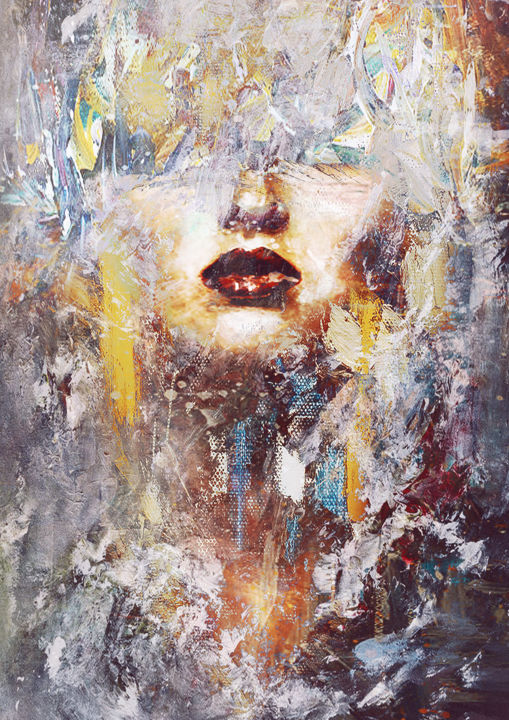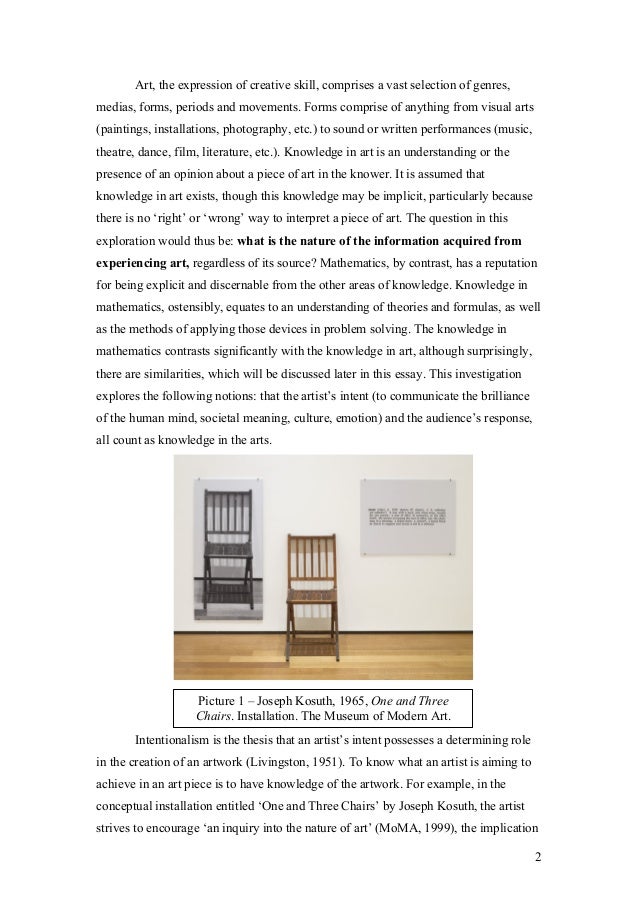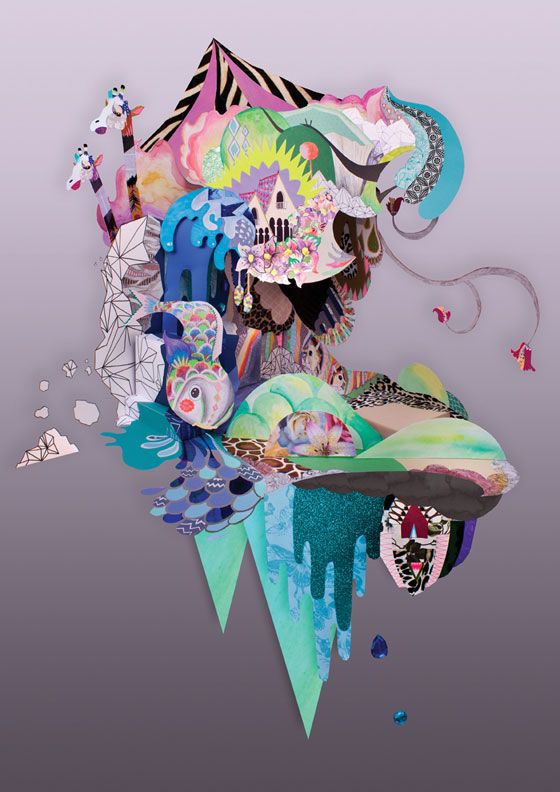Are you looking for 'conceptual art and painting further essays on art language'? You can find all the information on this website.
Table of contents
- Conceptual art and painting further essays on art language in 2021
- Conceptual art
- John baldessari
- What is space in art
- Conceptual art and painting further essays on art language 05
- Conceptual art and painting further essays on art language 06
- Conceptual art and painting further essays on art language 07
- Conceptual art and painting further essays on art language 08
Conceptual art and painting further essays on art language in 2021
 This picture demonstrates conceptual art and painting further essays on art language.
This picture demonstrates conceptual art and painting further essays on art language.
Conceptual art
 This image illustrates Conceptual art.
This image illustrates Conceptual art.
John baldessari
 This picture demonstrates John baldessari.
This picture demonstrates John baldessari.
What is space in art
 This picture representes What is space in art.
This picture representes What is space in art.
Conceptual art and painting further essays on art language 05
 This picture demonstrates Conceptual art and painting further essays on art language 05.
This picture demonstrates Conceptual art and painting further essays on art language 05.
Conceptual art and painting further essays on art language 06
 This picture shows Conceptual art and painting further essays on art language 06.
This picture shows Conceptual art and painting further essays on art language 06.
Conceptual art and painting further essays on art language 07
 This picture demonstrates Conceptual art and painting further essays on art language 07.
This picture demonstrates Conceptual art and painting further essays on art language 07.
Conceptual art and painting further essays on art language 08
 This image illustrates Conceptual art and painting further essays on art language 08.
This image illustrates Conceptual art and painting further essays on art language 08.
Which is an example of a conceptual art movement?
Though not always exactly deemed part of the Conceptual art movement, Fluxus is without a doubt one of its influences. It was an important tendency on the same wavelength as Conceptualism, and its artists are often regarded as Conceptual artists.
How is conceptual art different from works of Art?
Conceptual Art is mainly focused on “ideas and purposes” rather than the “works of art” (paintings, sculptures, and other valuable objects). It is characterised by the use of different media and supports, along with a variety of temporary everyday materials and “ready-made objects”. Who is the father of Conceptual Art?
What are the strengths and weaknesses of conceptual art?
One of its greatest strengths was taking the responsibility to truly investigate the nature of art and institutions. At times, it was an art of resistance to the dominant order. At other times, it was a cynical mirror held up to the art world, or a deeply philosophical undertaking.
How did Duchamp define the concept of Art?
For Conceptual artists, Duchamp proved that art is not defined by the qualities of particular objects, but by the discourse surrounding them as works of art—discourse generated by artists, critics, and art historians, and by museums, galleries, and art publications. Image courtesy of Artecracy.
Last Update: Oct 2021